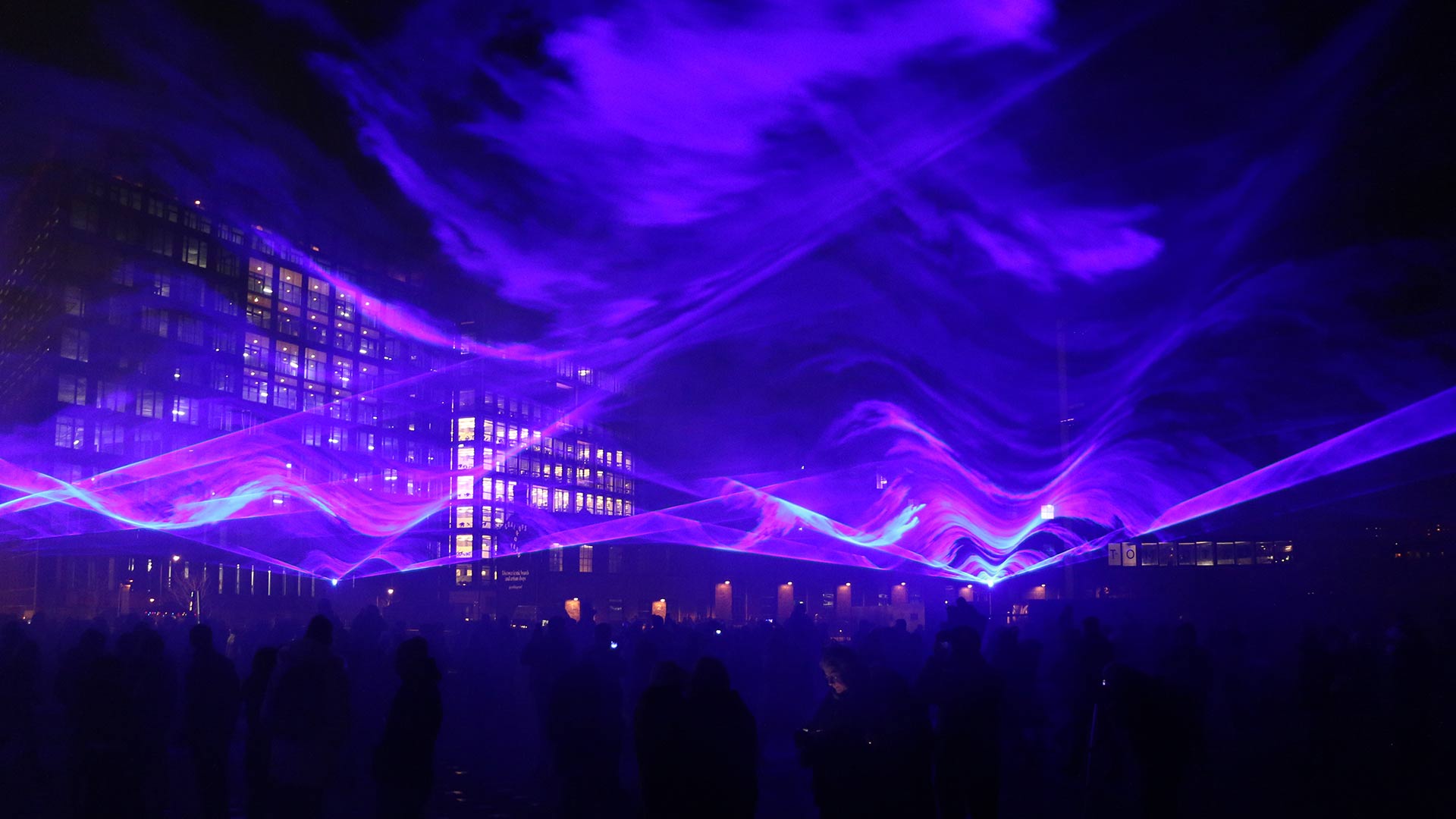How it came to be...
Light art is one of those things that always gets designers running excitedly in the same direction, but we are often left wondering if what we see is truly beautiful and innovative, or just a little bit too obvious and repetitive. In assessing this quandary, it is handy to know a thing or two on how light art came to be in the first place and what were those first objects and installations that discovered and utilised this new tool.
Of course, light was studied, manipulated and represented in various ways since ancient times, but it was only with the invention of artificial sources that it entered art as material and a subject, as the final purpose and goal of the installation. In the beginning of the 20th century, new materials were introduced into painting, and the painting itself started physically developing a third dimension. What was once simply paint and canvas, through different applications of paper, wood, metal, glass, Plexiglas or mirrors, started using light reflections as an equally important component. Soon, as the technology progressed, came Kinetic Art along with light experiments of the 1920s and ’30s in the form of light boxes and light reliefs. Artists were not imitating lighting effects through paint anymore, but rather using real artificial light sources to explore new boundaries of their piece.
A good example is the “Lichtrequisit”, a kinetic “Space Modulator” consisting of more than a hundred light bulbs, Plexiglas and steel, developed in 1930 by László Moholy-Nagy. This art piece does not only consist of the physical object itself, but the whole space affected by shadows and reflections that the observers can walk into. The installation spreads out from the construction and envelops the whole room with the simple use of shadow projections, making it one big three-dimensional canvas. Even the artist himself was fascinated with this experience of how “all concrete shapes dissolve in light.” The team here at Nulty recently experienced something very similar while observing dynamic pieces dating back to the 1960s, by Julio Le Parc at the Serpentine Sackler Gallery.
By the mid-20th century people were increasingly interested in similar experiments and, by using reflective materials and incorporating real light bodies, light as such became part of the artwork. It became a completely independent image, rather than a side effect of the material. Pure light could now be the only artistic medium used in the piece, like in the neon image created by Gyula Kosice in 1946. “Madi Neon No.3” is probably the first piece of this kind, utilising neon to literally paint with light. Throughout following decades we could see many installations which manage to turn whole spaces into special sensorial environments with various applications of neon and fluorescent tubes, as the works of Dan Flavin.

Relying on these initial studies, especially during the 1960s, completely new light forms were created, such as luminodynamic sculptures, light reliefs, light boxes, complex neon objects, and even complete light rooms and light environments, many of which have equally strong impact on the observer half a century later. Nowadays, we are all familiar with stunning works of James Turrell, who impressively manages to use light as a physical matter and makes us perceive a three-dimensional space as a two-dimensional surface.
With recent fast development of the lighting industry, it is becoming easier to reproduce some of these effects and implement certain ideas and principles from art into architectural lighting solutions, mostly as interesting accent or feature lighting. However, we shouldn’t rush to conclude that these examples are equally groundbreaking. They shouldn’t necessarily be called light art pieces just because they are visually attractive and made of lighting equipment. Art must reach us on a psychological level, it must make us think, question, wonder about the world around us, which makes it very difficult for practical application. But fear not, at Nulty we are always happy to have a glimpse of both sides of amazing lighting design and even put our own creativity to test!
Blog post by Bojana Nikolic
Banner image by Martina Alagna: Waterlicht Studio Roosegaarde


